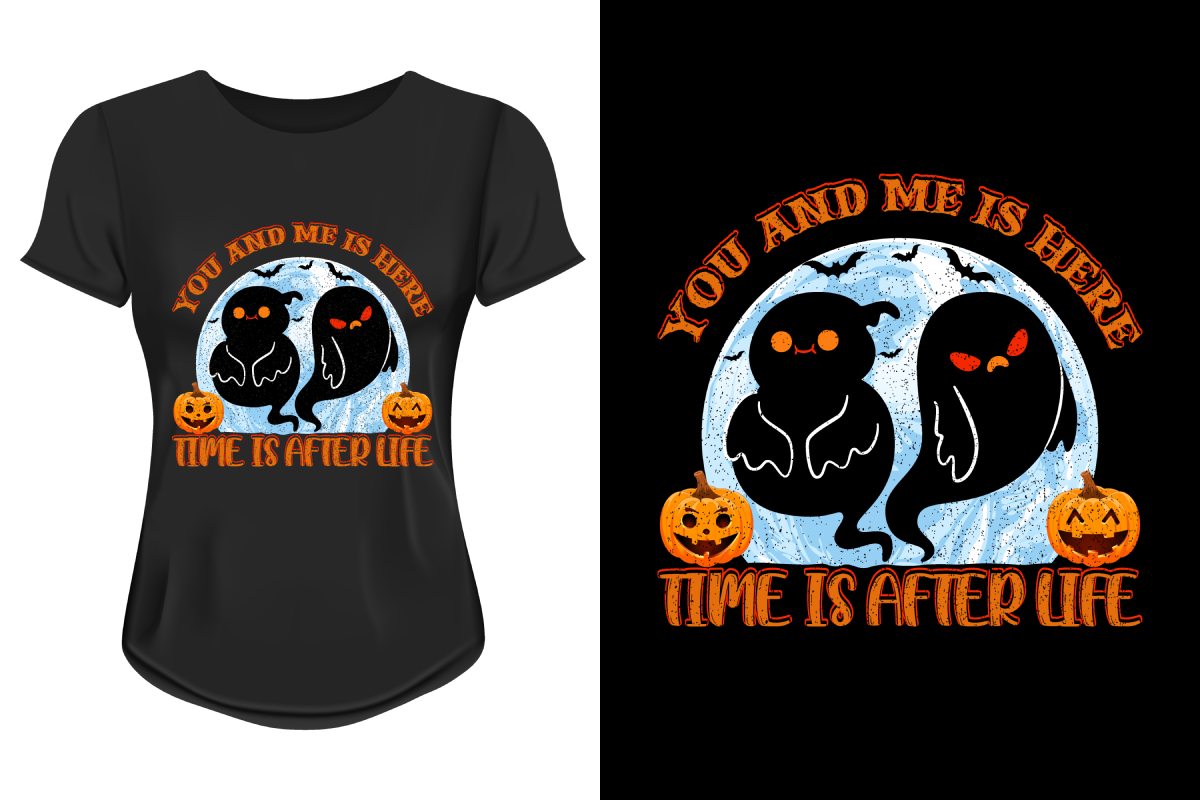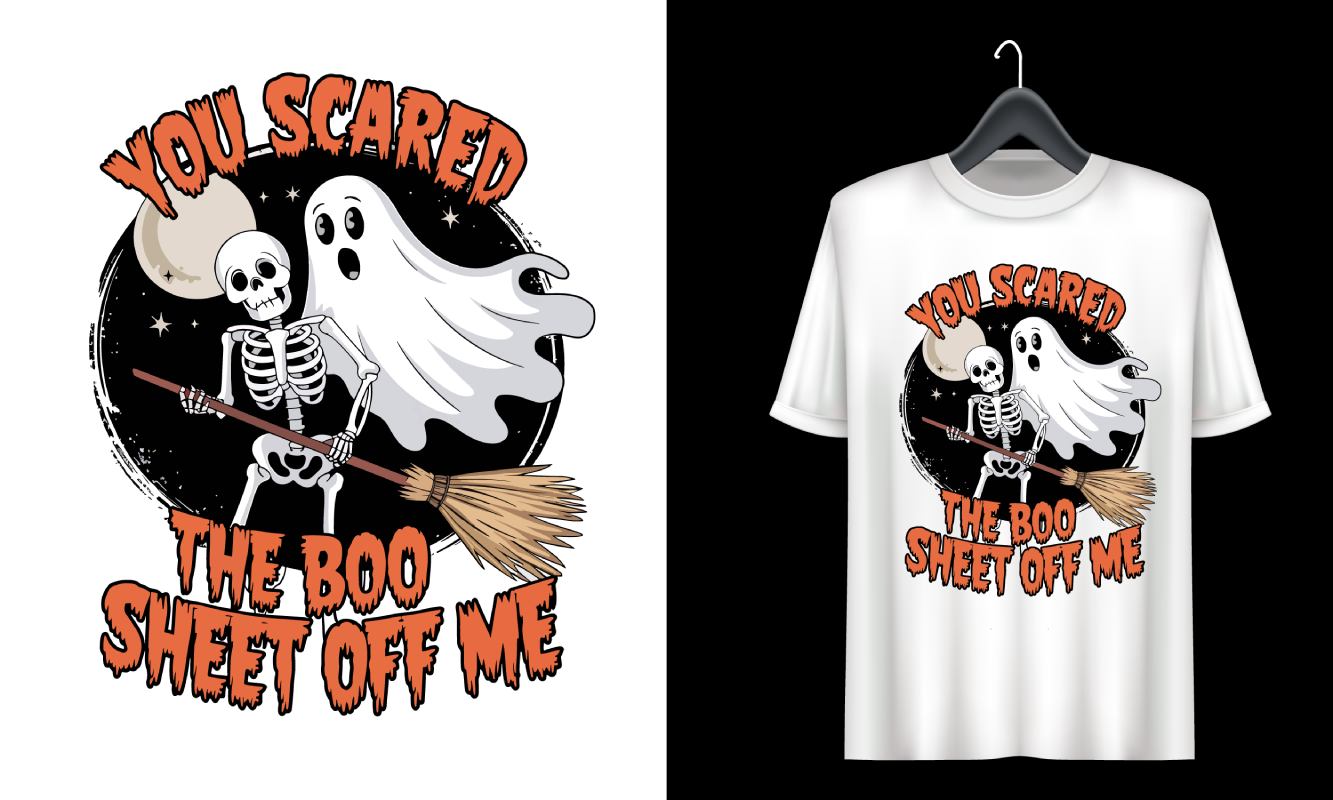DTF transfers, or Direct-to-Film transfers, have transformed the custom apparel industry, providing an innovative way to create stunning designs on a variety of fabrics. This cutting-edge printing method leverages water-based inks applied to specialized films, paving the way for vibrant and intricate prints that stand out. With its rapid rise in popularity, DTF printing stands out for its ability to produce high-quality results on materials such as cotton and polyester, making it highly versatile for creative projects. The process is not just efficient but also cost-effective, which appeals to both small businesses and hobbyists looking to expand their product offerings. In this guide, we will explore everything you need to know about DTF transfers, from the necessary equipment to the advantages that make this printing technique a go-to for custom apparel.
Direct-to-Film printing, often referred to as DTF printing, represents a significant shift in the way designs are applied to textiles. This heat transfer printing method utilizes specialized films and advanced techniques to provide high-resolution illustrations directly onto a variety of fabric types. As the demand for custom apparel continues to grow, this innovative approach has gained traction due to its versatility, efficiency, and ability to achieve remarkable detail in each print. In the realm of heat transfer methods, DTF stands out as a favorite among both professional and amateur garment decorators, thanks to its user-friendly process and the accessibility of DTF equipment. Together, these factors contribute to DTF’s status as a revolutionary choice in the custom garment printing landscape.
Understanding DTF Transfers and Their Impact on Custom Apparel
DTF transfers, or Direct-to-Film transfers, have revolutionized the way custom apparel is created. Unlike traditional methods, DTF printing offers an innovative process where vibrant water-based inks are printed onto special films. These films serve as the medium through which intricate designs can be transferred onto garments, resulting in stunningly detailed and colorful prints. The flexibility of DTF printing allows businesses to cater to diverse fabric types including cotton, polyester, or blends, making it an excellent choice for custom apparel businesses seeking versatility.
Moreover, the ease of application with DTF transfers means that even small businesses or startups can produce high-quality apparel without extensive training or experience. Each transfer provides consistent results, reducing the chances of errors that are common in other forms of printing. As the custom apparel industry shifts towards more personalized offerings, understanding DTF transfers becomes essential for anyone looking to thrive in this competitive market.
Essential Equipment for DTF Printing Success
Successful DTF printing hinges on having the right equipment. The primary tool, the DTF printer, is specially designed to handle water-based inks that are integral to this printing technique. Investing in a high-quality printer not only ensures vibrant and lasting colors but also makes a notable difference in the print’s overall durability. Alongside the printer, the choice of DTF inks plays a critical role; opt for those that promise optimum color vibrancy and long-lasting effects on fabric.
Additional equipment includes heat press machines, adhesive powders, and transfer films, all of which work synergistically to produce the final garment. The heat press is particularly important, as it applies the necessary temperature and pressure needed to bond the ink to the fabric. Equipped with these tools, businesses can streamline their production processes, offering high-quality custom apparel to their clients.
The DTF Printing Process Explained
The DTF printing process comprises several crucial steps, beginning with design creation. Designers often utilize graphic design software to craft unique artwork tailored to their clients’ needs. Once the design is complete, it’s printed onto a special PET transfer film using the DTF printer. This stage requires careful attention since the layering of colors is essential for achieving vibrant prints.
After printing, the application of adhesive powder is the next key step in the DTF process. Once the adhesive powder adheres to the wet ink, it needs to be cured with a heat source, ensuring a strong bond between the ink and the film. Finally, the transfer is applied to the garment using a heat press, resulting in a beautifully finished product that showcases the intricacies of the original design.
Advantages of DTF Printing Over Other Techniques
DTF printing stands out in the custom printing landscape due to numerous advantages. One major benefit is its unparalleled versatility, allowing for high-quality prints across various fabric types, from cotton to polyester blends. This adaptability enables businesses to cater to a wide range of client requests, from basic t-shirts to intricate fashion designs.
Additionally, DTF prints boast remarkable durability. Unlike traditional methods that may fade over time, DTF prints are resistant to washing and wear, maintaining their appearance over countless uses. This quality makes DTF printing a preferred choice for businesses that prioritize long-lasting customer satisfaction in their products.
Emerging Trends in DTF Printing
As technology advances, the DTF printing landscape is continuously evolving, paving the way for exciting new trends. Recently, we’ve witnessed a growing demand for personalized printing solutions among consumers. Businesses that adopt DTF printing can easily meet this demand by offering unique, custom designs that resonate with their audience.
Another emerging trend is the availability of comprehensive starter kits, simplifying entry into the DTF market. These kits provide new users with everything from DTF printers to educational resources, allowing them to easily commence their journey into custom apparel printing. This accessibility is further enhancing the growth of DTF printing in the small business sector, encouraging more entrepreneurs to explore creative avenues.
The Future of DTF Printing and Market Accessibility
Looking ahead, the DTF printing market is poised for significant growth, making it an opportune time for entrepreneurs to explore this technology. Industry analysts predict that advancements in printing technology will lead to even greater accessibility of DTF equipment and supplies, democratizing the custom apparel sector. This trend is likely to enhance market competition and innovation, motivating vendors to develop superior materials and techniques.
Furthermore, as consumer demand continues to rise for personalized products, businesses leveraging DTF printing are well-positioned to capitalize on this growth. With its cost-effective model and ability to produce high-quality, custom designs quickly, DTF printing is set to become a dominant force in the custom apparel landscape. Entrepreneurs who embrace DTF technology can look forward to not only meeting but exceeding consumer expectations in the years to come.
Frequently Asked Questions
What equipment do I need for DTF transfers?
To effectively perform DTF transfers, you’ll require specialized DTF printers that accommodate water-based inks, high-quality DTF inks, adhesive powder for bonding, a reliable heat press machine for applying the designs, and PET transfer films to print your designs. This setup is essential for achieving vibrant and durable custom apparel.
How does the DTF printing process work?
The DTF printing process begins with creating a design in graphic software, followed by printing it on specially designed PET transfer films using DTF printers. After printing, adhesive powder is applied to the wet ink and cured to solidify the bond. Finally, the prepared film is positioned on the fabric and transferred using a heat press, ensuring high-quality results.
What are the advantages of using DTF printing for custom apparel?
DTF printing offers numerous advantages such as versatility across different fabric types, high detail and color depth for vibrant prints, and durability that allows designs to withstand washing without fading. This makes DTF an appealing choice for businesses looking to provide high-quality custom apparel.
Is DTF printing suitable for dark fabrics?
Yes, DTF printing is highly suitable for dark fabrics, making it a versatile option for custom apparel. The ink used in DTF transfers is designed to provide excellent coverage and vibrant colors on both light and dark materials, allowing for a diverse range of design applications.
What recent trends are shaping the DTF printing market?
Recent trends in the DTF printing market include the availability of comprehensive starter kits, making the process accessible for newcomers, and a growing community of DTF enthusiasts sharing tips and experiences. Additionally, the increasing demand for personalized products is prompting businesses to adopt DTF methods to meet unique market needs.
How is DTF printing evolving in the apparel decoration industry?
DTF printing is witnessing significant evolution due to technological advancements and growing consumer demand for customized apparel. The low startup costs and the emergence of user-friendly DTF equipment are making this printing method more accessible, positioning it as a competitive alternative to traditional techniques like DTG printing.
| Key Point | Details |
|---|---|
| Overview of DTF Printing | DTF printing is a modern technique using water-based inks on films for heat transfer, suitable for various fabrics like cotton and polyester. |
| Equipment Needed | Includes DTF printers, compatible inks, adhesive powder, heat press machines, and transfer films (PET films). |
| Printing Process | Steps include design creation, printing on film, applying adhesive powder, curing the transfer, and heat press application. |
| Advantages of DTF Printing | Versatile across fabric types, high detail and color depth, and durable prints that withstand washes. |
| Recent Developments and Trends | Increased accessibility with starter kits and online communities aiding entry into the market. |
| Market Growth and Accessibility | Substantial growth expected through 2025, fueled by demand for personalized apparel and technological advancements. |
Summary
DTF Transfers are revolutionizing the custom apparel printing landscape by combining affordability, quality, and versatility. They allow entrepreneurs and businesses to produce vibrant and durable designs on a variety of fabrics. With the rising demand for personalized products and advancements in technology, this method is gaining traction among custom merchandise providers and aspiring entrepreneurs alike. The continued evolution of DTF transfers signifies its vital role in the future of apparel decoration, making it an attractive option for both new and existing players in the market.



